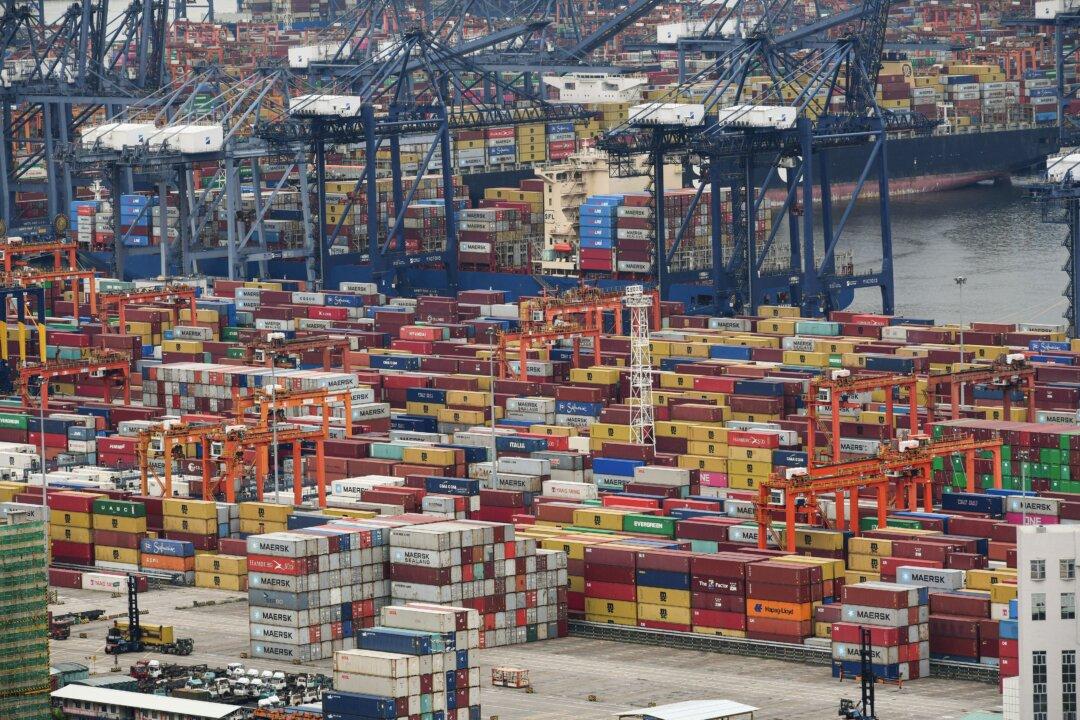China’s exports to Russia declined in March, official data showed on April 13, in a sign that Chinese companies may be displaying more caution when it comes to trading with Moscow following its invasion of Ukraine in February.
Data show that Chinese firms sold $3.8 billion worth of goods to Russia in March, representing a 7.7 percent decline from a year earlier and the lowest amount since May 2020 amid the COVID-19 pandemic, which drastically affected global trade.





